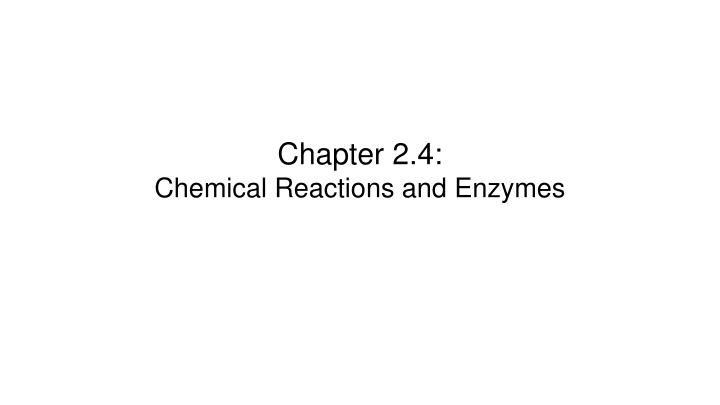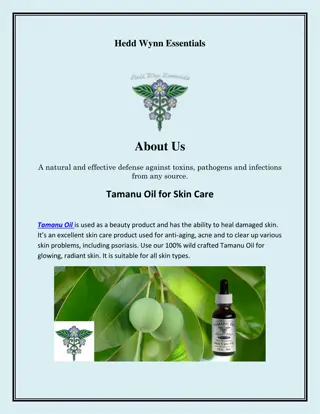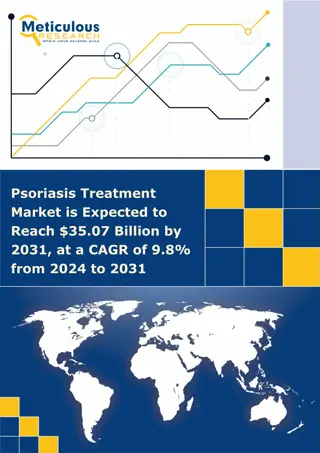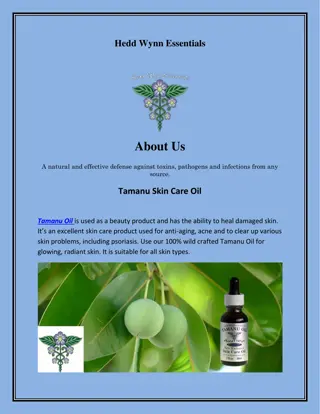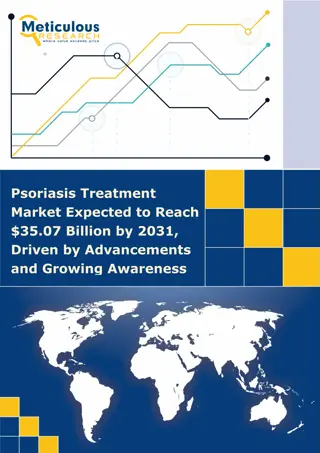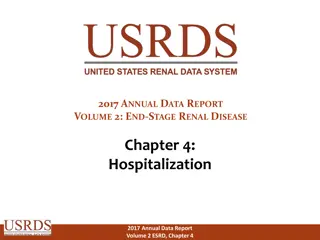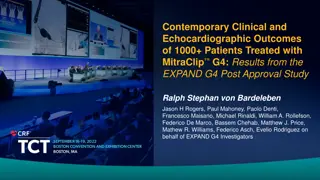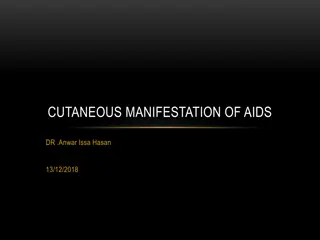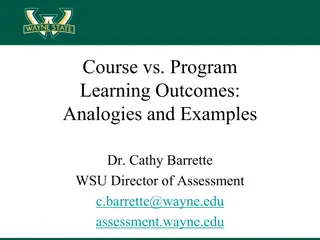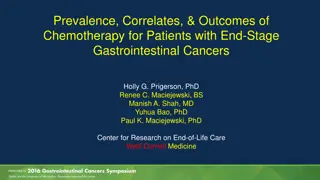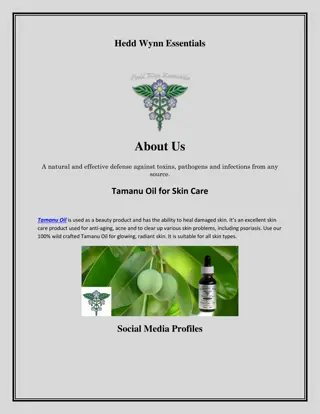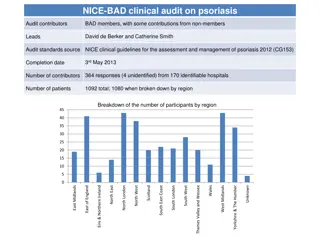Focus on Psoriasis Outcomes with Ixekizumab in Real-World Patients
This scientific update discusses the effectiveness of Ixekizumab in patients with psoriasis who switched from other biologics. The study aims to compare outcomes between patients previously on Secukinumab and those on other biologics, showing improved disease severity after transitioning to Ixekizumab. Details on participant classification, methods, and results are provided, highlighting the potential benefits of Ixekizumab in real-world scenarios.
Download Presentation

Please find below an Image/Link to download the presentation.
The content on the website is provided AS IS for your information and personal use only. It may not be sold, licensed, or shared on other websites without obtaining consent from the author.If you encounter any issues during the download, it is possible that the publisher has removed the file from their server.
You are allowed to download the files provided on this website for personal or commercial use, subject to the condition that they are used lawfully. All files are the property of their respective owners.
The content on the website is provided AS IS for your information and personal use only. It may not be sold, licensed, or shared on other websites without obtaining consent from the author.
E N D
Presentation Transcript
Chapter 2.4: Chemical Reactions and Enzymes
Chemical Reactions Chemical Reaction: A change of one set of chemicals into another 1. Can be slow or fast 2. Chemical reactions require collisions between molecules which makes them unstable 3. Involves changes in chemical bonds AB + CD AC + BD
Chemical Reactions 1. Involves changes in chemical bonds a. Reactants are elements or compounds that enter into a chemical reaction. Bonds are broken in the reactants. b. Products are elements or compounds that result from a chemical reaction.
Chemical Reactions c. Whenever a reaction occurs that rearranges the atoms of molecules, bonds in the reactants must be broken and new bonds in the products must be formed.
Chemical Reactions 1. Involves changes in chemical bonds AB + CD AC + BD Which are the reactants? Which are the products? AB and CD AC andBD
Chemical Reaction Example: CO2 in the body 1. Cells produce CO2,then blood carries CO2 from cells to lungs (exhale) Problem: CO2 is not soluble (dissolvable) in water Solution: A chemical reaction converts CO2 to a soluble compound
In blood, CO2 converted to soluble compound: CO2 + H2O H2CO3 In the lungs, reaction is reverse to exhale CO2 H2CO3 CO2 + H2O
1. Breaking and forming chemical bonds requires energy release or absorption 2. Reactions that release energy can occur spontaneously (but not all do) a. Energy is released as heat 3. Reactions that absorb energy will not occur without an energy source
4. What is activation energy? The energy needed to break the bonds in the reactants and get a reaction started. a. Some chemical reactions are really slow or require lots of energy and cannot occur on their own
Endergonic/ Endothermic Exergonic/ Exothermic (Energy Inward) Energy Outward Energy-Releasing Reaction Energy-Absorbing Reaction Activation energy Products Activation energy Reactants Reactants Products
Endergonic reaction absorb free energy from the surroundings. Exergonic reaction have a net release of free energy. Can occur spontaneously.
1. A catalyst - a substance that speeds up the rate of a chemical reaction by lowering the activation energy of the reaction. a. An enzyme is a protein that act as biological catalyst by speeding up reactions that take place in cells.
b. Enzymes provide a site (activation site) where reactants can be brought together to react. This decreases the activation energy and creates the enzyme-substrate complex.
Enzymes as catalysts c. Substrate- the reactants in a reaction involving an enzyme. a. The substrate must fit completely into the active site in order for the reaction to take place. d. Enzymes can be reused, but can only have one type of substrate a. If enough substrate is present, a single enzyme typically acts on 1,000 molecules per second.
Enzymes as catalysts e. The enzyme-substrate relationship is like that of a lock and key f. Enzymes can have an inhibitor in which another molecule can turn the enzyme on or off.
1. Competitive inhibitors - Blocks the active site. 2. Non-competitive inhibitors - Bind to another part of the enzyme causing the shape of the active site to change making it useless.
3. Allosteric inhibitors Enzymes naturally go from active to inactive 1. An activator will bind causing the active form of a protein to remain stable. 2. An inhibitor will stabilize the inactive form of the enzyme.
More on Enzymes g. Denature When enzymes lose their shape and functionality. This can be caused by: 1. pH 2. Temperature 3. Other proteins 4. Chemicals
